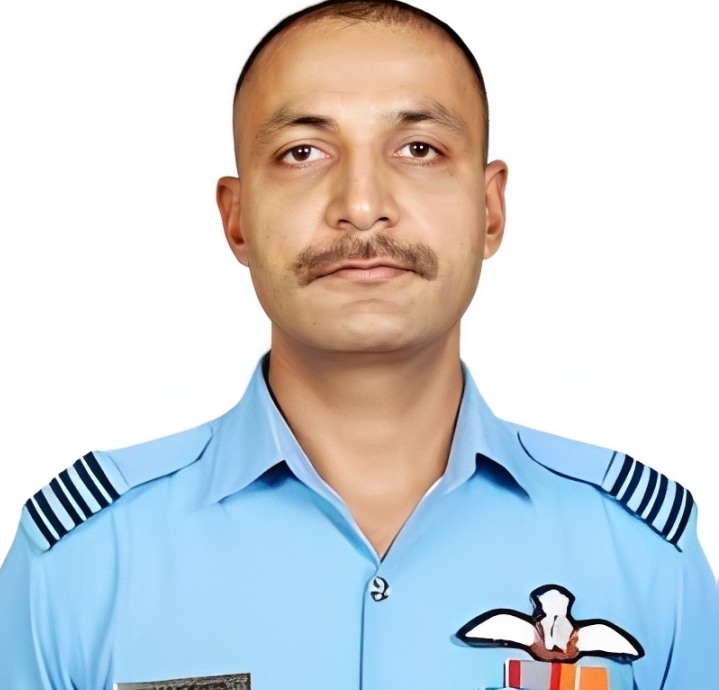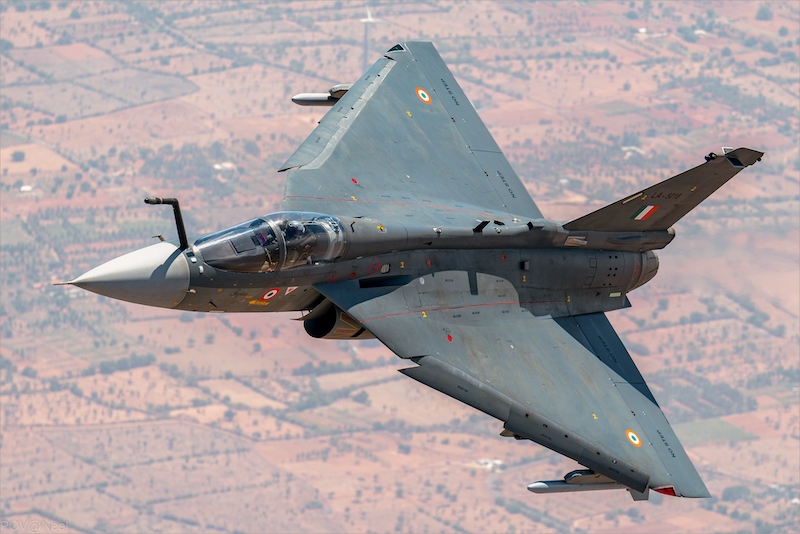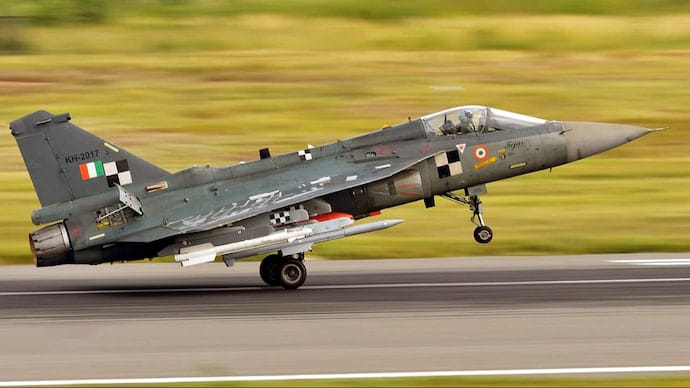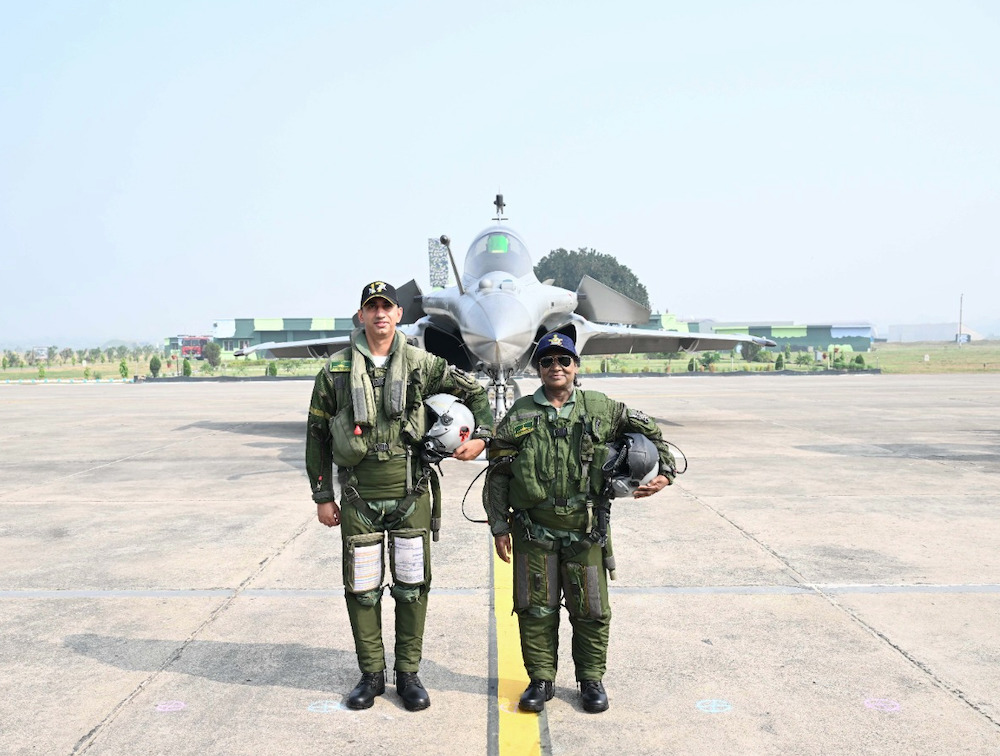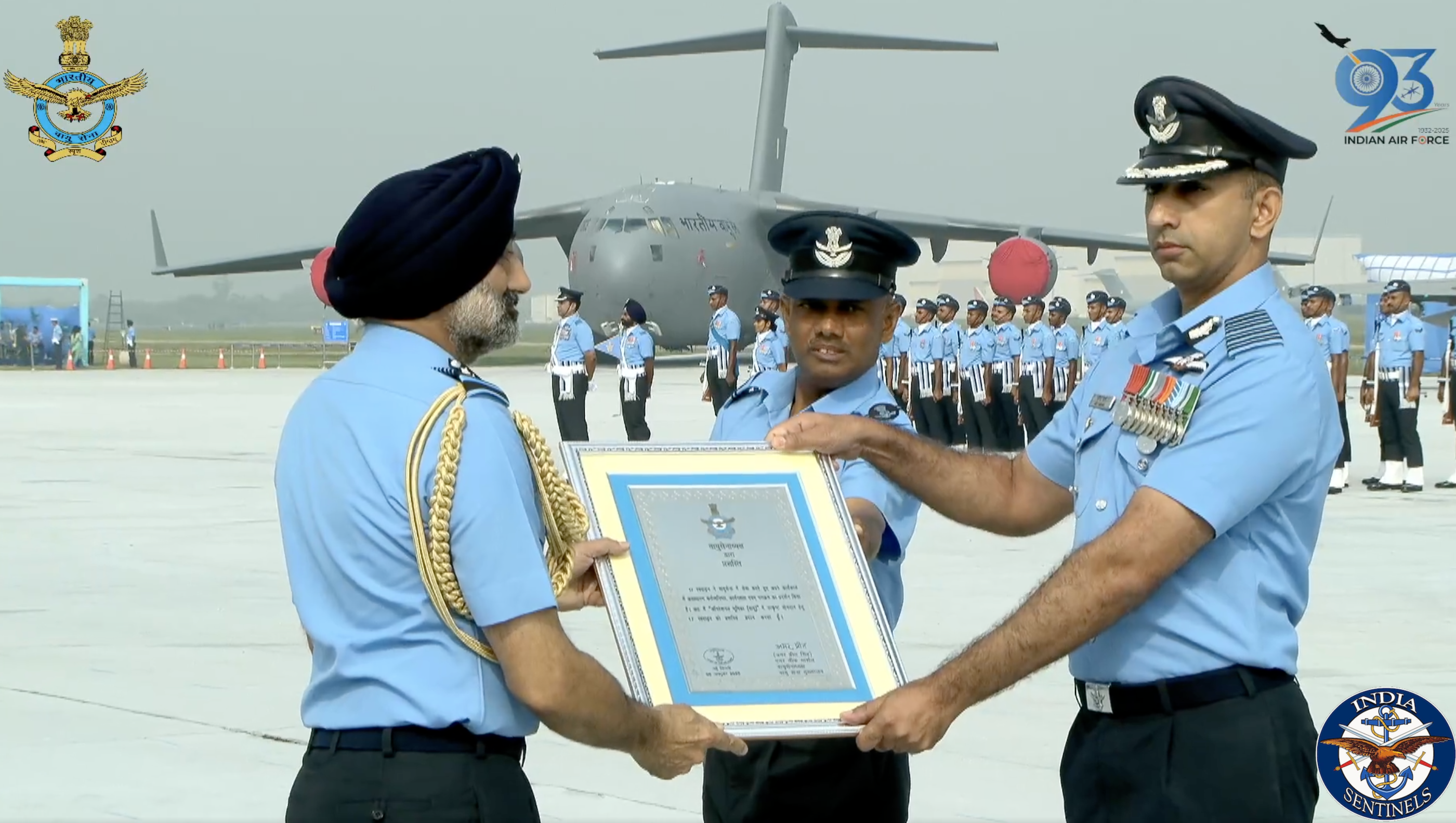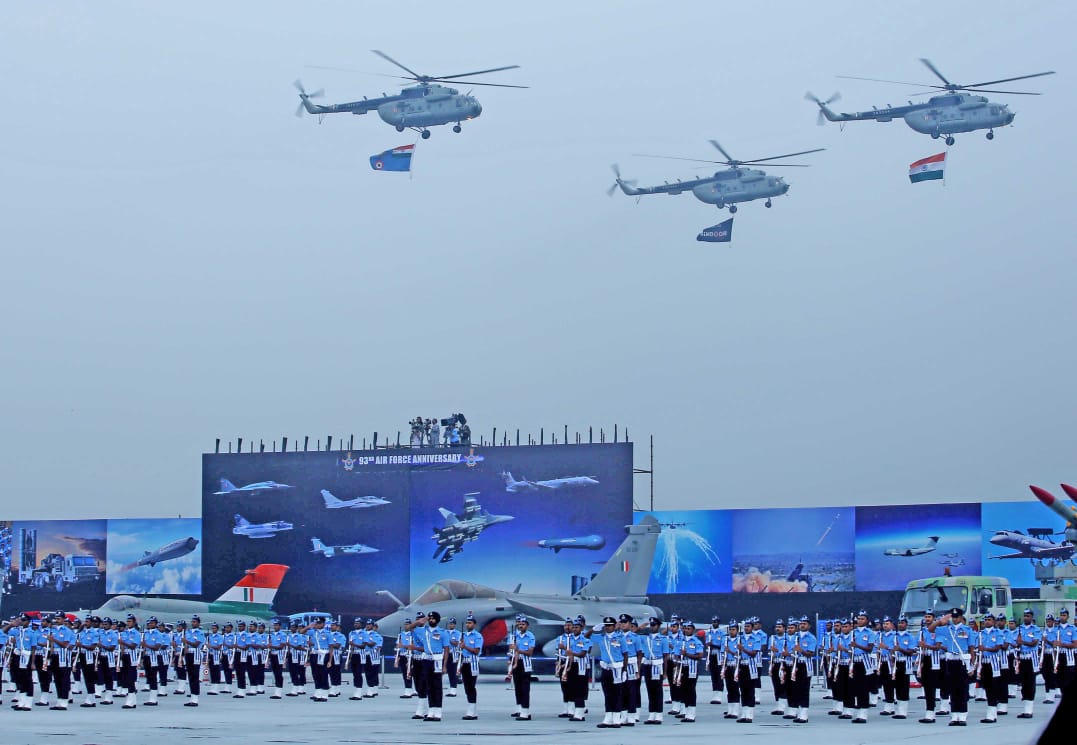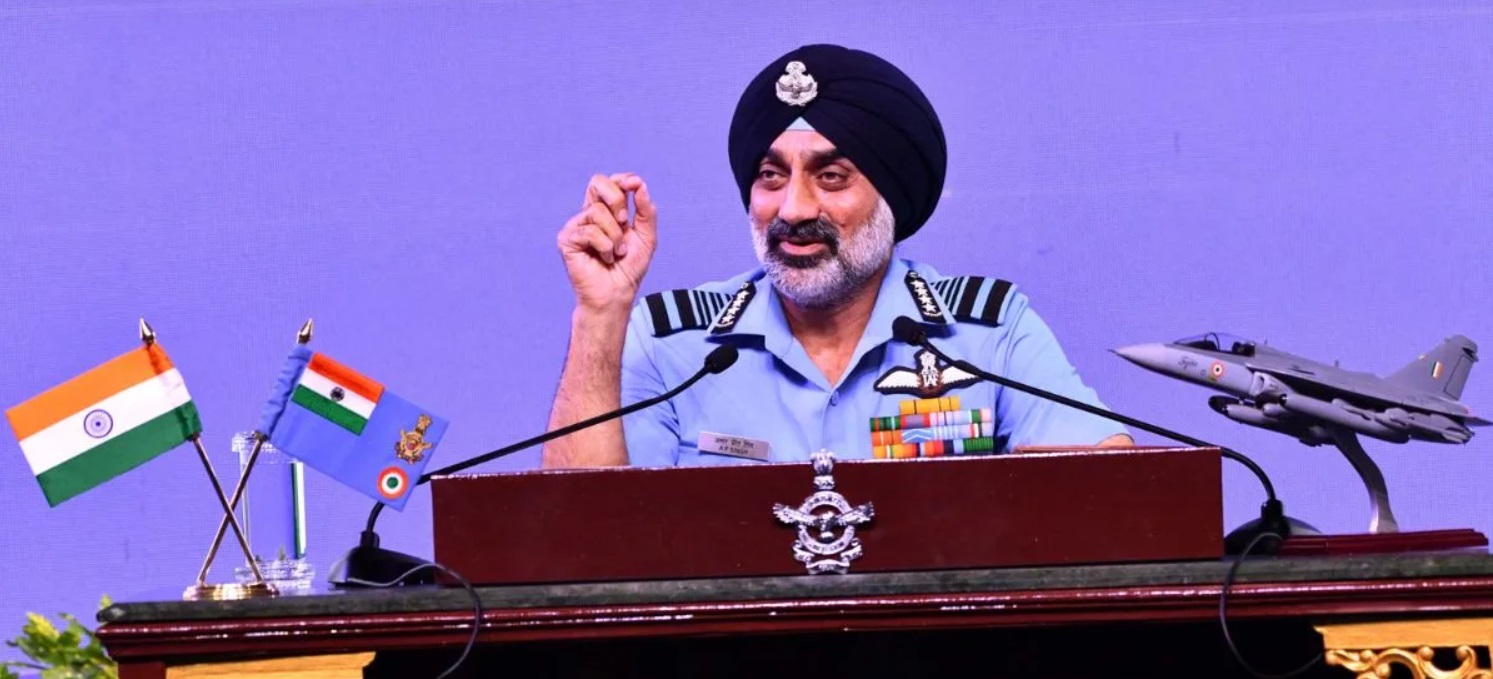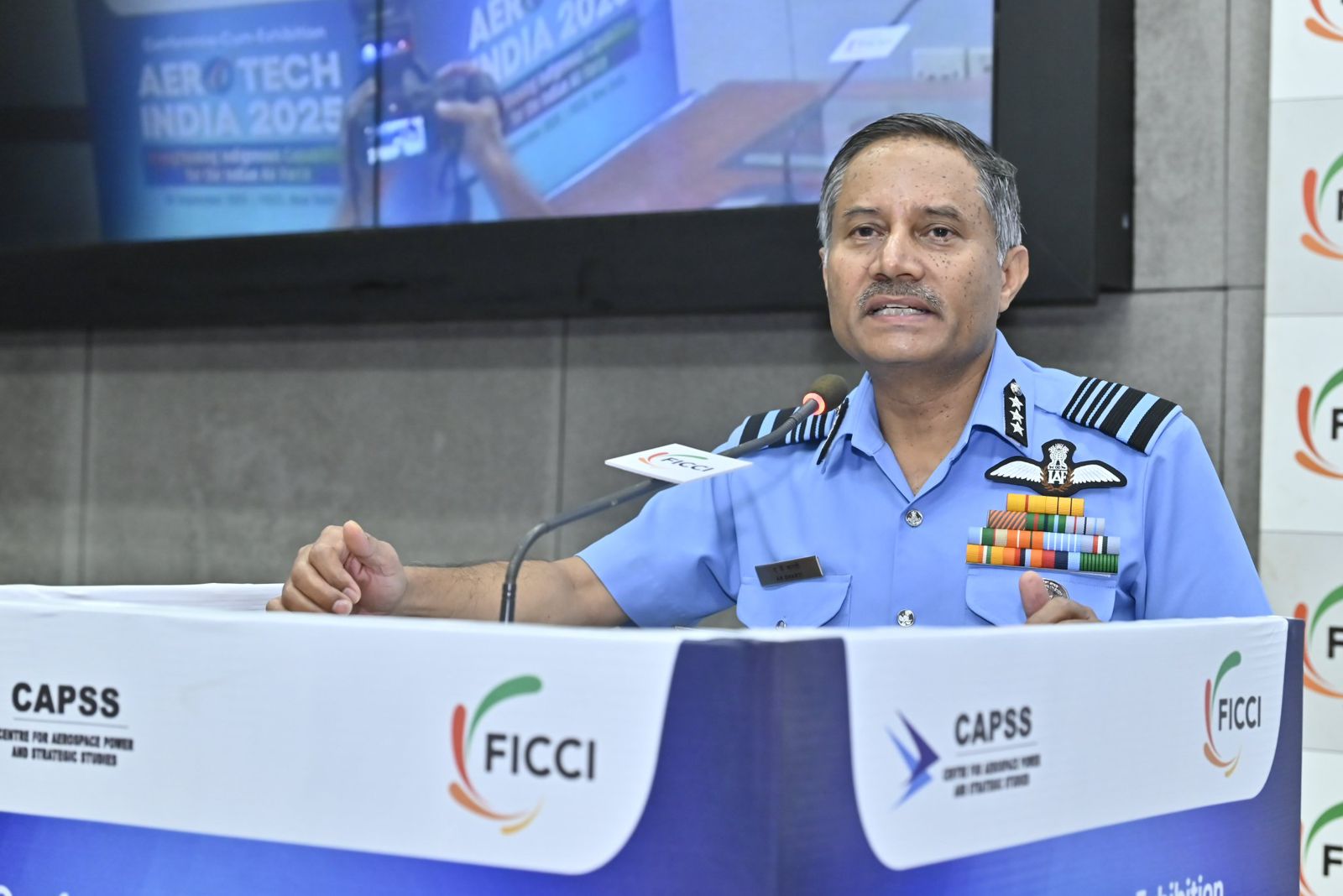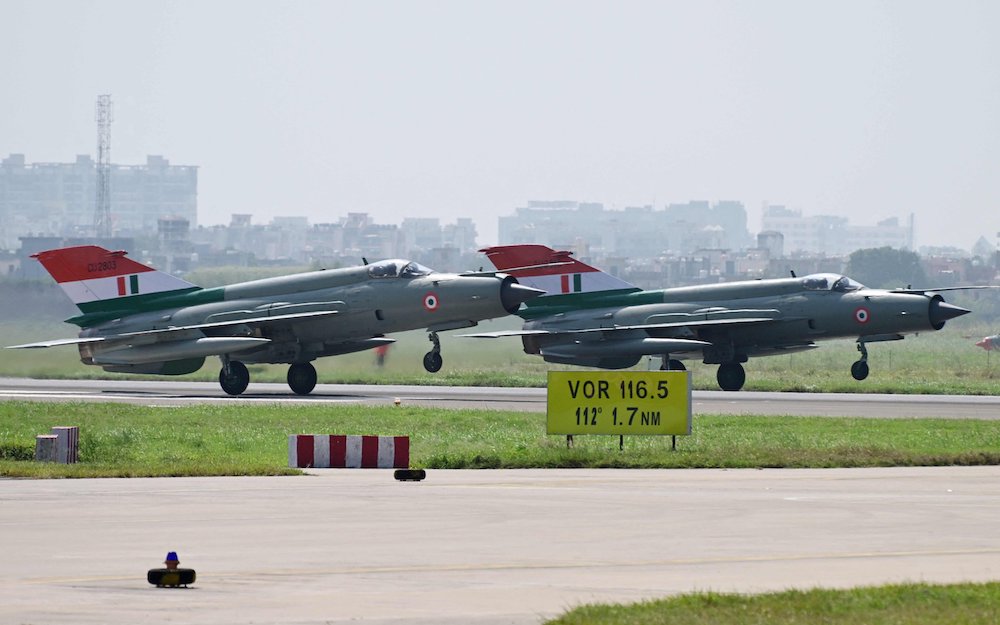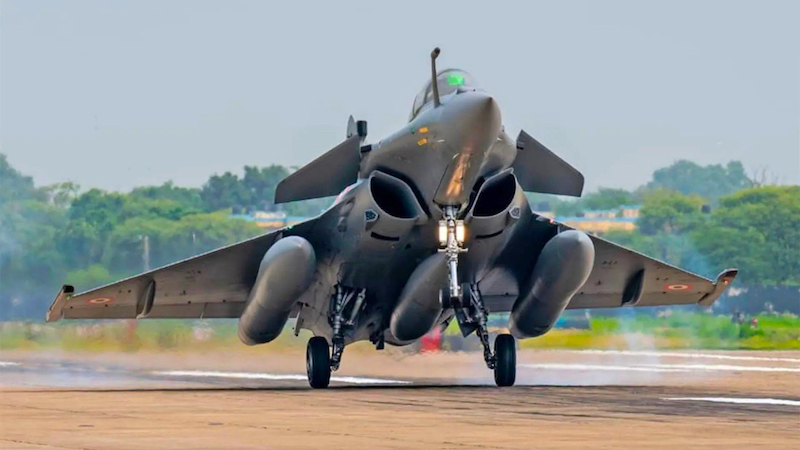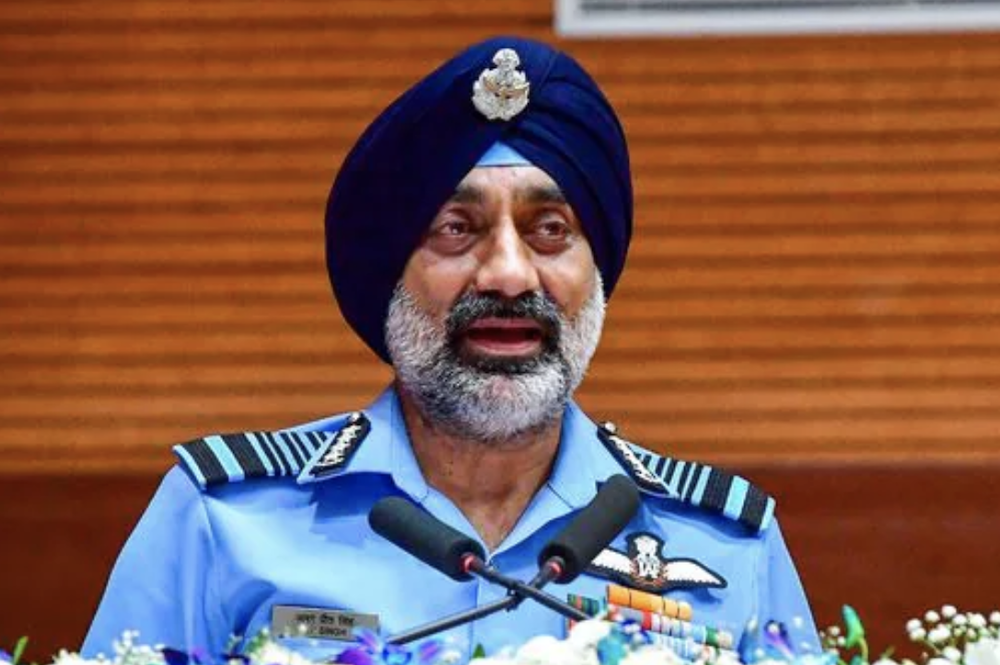 Air Chief Marshal Amar Preet Singh.
Air Chief Marshal Amar Preet Singh.
Bengaluru: The Indian Air Force chief, Air Chief Marshal Amar Preet Singh, delivered extraordinary revelations about India’s May 2025 cross-border military action codenamed Operation Sindoor, disclosing for the first time that Indian forces shot down six Pakistani aircraft and achieved what he claimed was the longest surface-to-air kill in military history.
Speaking at the 16th Air Chief Marshal LM Katre Memorial Lecture at HAL Management Academy here in Bengaluru, on Saturday, ACM Singh provided comprehensive operational details that marked a significant departure from India’s traditionally secretive approach to cross-border strikes.
Record-breaking kill at 300 kilometres
The air chief marshal’s most striking claim concerned a surface-to-air engagement at 300 kilometres, which he described as establishing a world record. “We have at least five fighters confirmed kills and one large aircraft, which could be either an ELINT aircraft or an AEW&C aircraft, which was taken on at a distance of about 300 kilometres,” ACM Singh stated. “This is actually the largest-ever recorded surface-to-air kill that we can talk about.”
The engagement was executed using India’s S-400 “Sudarshan Chakra” air-defence system, acquired from Russia in a $5.43 billion deal. ACM Singh credited the system as instrumental in denying Pakistani aircraft the ability to deploy long-range glide bombs, describing it as a “game changer” that effectively created an impenetrable defensive perimeter.
Extensive infrastructure damage
ACM Singh presented satellite imagery demonstrating precision strikes across multiple Pakistani military installations. The operation targeted the Shahbaz Jacobabad airfield, where half an F-16 hangar was destroyed, likely damaging aircraft inside. The presentation included before-and-after photographs showing the surgical nature of the strikes.
The comprehensive damage assessment included destruction of command-and-control centres at Murid and Chaklala, elimination of six radar installations, targeting of surface-to-air guided weapon systems in Lahore and Okara, and strikes on critical hangars including facilities at Sukkur, Bholari, and Jacobabad.
ACM Singh also revealed successful strikes on Sargodha airfield, describing it with personal satisfaction: “We have grown up in our Air Force dreaming about days like this. Someday we get a chance. Just so happens that I got a chance before my retirement.”
Political will and military coordination
The air chief marshal emphasized unprecedented political backing during the operation, contradicting earlier claims about operational constraints. “A key reason for success was the presence of political will. There were very clear directions given to us. No restrictions were put on us,” he stated. “If there were any constraints, they were self-made.”
ACM Singh highlighted the crucial role of the chief of defence staff in coordinating between services, noting that “there was a synchronisation between the three forces ... The post of CDS made a real difference.” He also credited the national security advisor, Ajit Doval, for facilitating interagency coordination.
Precision targeting
Demonstrating India’s precision capabilities, ACM Singh showed satellite imagery of the Jaish-e-Mohammed headquarters in Bahawalpur, emphasizing minimal collateral damage. “There’s hardly any collateral here ... The adjacent buildings are fairly intact,” he noted, distinguishing the operation from indiscriminate attacks and maintaining international legitimacy.
The emphasis on surgical precision reflected India’s strategic messaging, supported by both satellite imagery and local media coverage that provided internal damage assessments.
Conflict timeline
ACM Singh provided insights into the 80–90-hour conflict’s progression and termination. He described how the operation’s intensity forced Pakistan to seek dialogue through military channels. “In 80 to 90 hours of war, we were able to achieve so much damage that it was clear to them that if they continue, they are going to pay for it more and more,” he explained.
The air chief marshal defended the government’s decision to halt operations after achieving objectives, addressing critics who wanted continued military action. He clarified that the ceasefire resulted from direct India-Pakistan military communications through their directors general of military operations, rejecting external mediation narratives.
Background
Operation Sindoor was launched on May 7 in response to the April 22 Pahalgam terror attack that killed 28 innocent people. The operation targeted nine terrorist camps in Pakistan and Pakistan-occupied Kashmir, with Indian claims of eliminating over 100 terrorists.
The operation demonstrated India’s evolving military capabilities, successfully integrating French SCALP missiles, BrahMos cruise missiles, and indigenous platforms in a coordinated strike package.
Air Chief Marshal Amar Preet Singh’s Full Speech:
A key reason for success was the presence of political will. There were very clear directions given to us. No restrictions were put on us. If there were any constraints, they were self-made. We decided how much to escalate. We had full freedom to plan and execute. Our attacks… pic.twitter.com/uE45AUhAdk
— DD News (@DDNewslive) August 9, 2025

